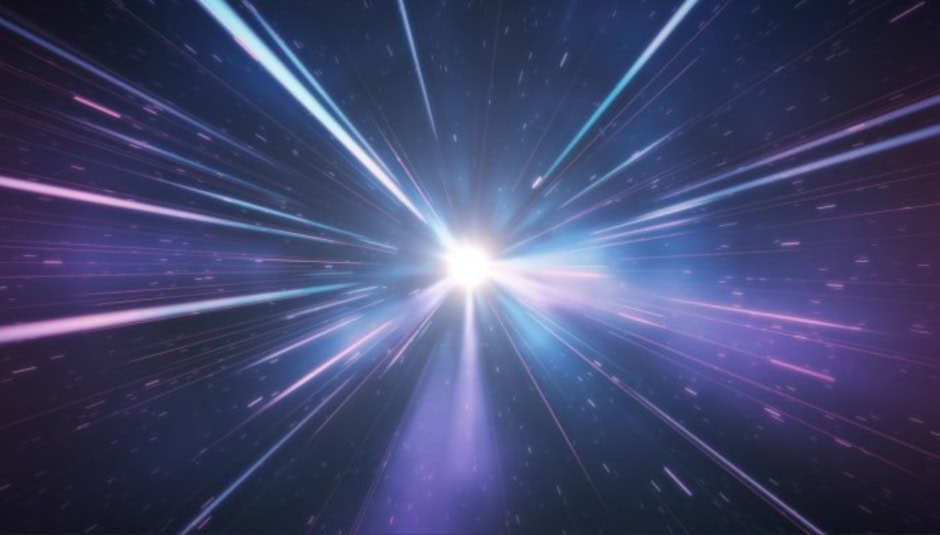Shock Drift Acceleration Cosmic Rays Mystery Solved by China Researchers

For decades, scientists have sought to unravel the origins of cosmic rays—tiny, high-speed particles that constantly bombard Earth from deep space. A breakthrough study led by researchers at the University of Science and Technology of China (USTC) now provides critical evidence that Shock Drift Acceleration could be the primary mechanism powering cosmic rays.
Cosmic rays are believed to emerge from extreme cosmic events like supernovae explosions and the environments near black holes. These particles not only influence atmospheric chemistry but also disrupt electronic systems and pose hazards to astronauts and space missions. Despite their significance, the precise method by which cosmic rays achieve their extraordinary energies has remained a mystery—until now.
In their recent experiment, the USTC team observed ions gaining energy by reflecting off magnetized shock waves, marking the first time such a phenomenon has been directly witnessed in a laboratory setting. This pivotal discovery offers fresh insight into the Shock Drift Acceleration cosmic rays theory.
Shock Drift vs. Shock Surfing Acceleration
Two leading theories have been proposed to explain how cosmic rays accelerate: Shock Drift Acceleration (SDA) and Shock Surfing Acceleration (SSA). SDA suggests particles slide along the magnetic fields at the shock front, gaining speed much like a surfer rides the side of a wave. Conversely, SSA theorizes that particles are trapped at the crest of the shock, receiving a sudden boost from its electric field.
However, distinguishing between these two models has been challenging. To address the debate, the USTC researchers created a miniature space-like environment using their Shenguang-II laser facility.
Recreating Cosmic Shocks in the Lab
The team generated a magnetized plasma—a charged state of matter found in space—and then launched another plasma into it at over 240 miles per second (400 kilometers per second). This collision produced powerful shock waves resembling those created by exploding stars.
Advanced diagnostic tools allowed the scientists to track the behavior of ions during this interaction. They observed ions accelerating to speeds between 683 and 1,118 miles per second (1,100 to 1,800 kilometers per second), surpassing the speed of the initial shock wave. The findings provided direct evidence of ions gaining energy through reflection—a hallmark of Shock Drift Acceleration cosmic rays.
Simulations confirmed that the energy boost was largely due to the electric and magnetic fields associated with the shock. “Our simulations reproduced the energy gain and showed that ions were accelerated mainly by the motional electric field during reflection,” the study authors noted, aligning their results with satellite observations at Earth’s bow shock.
This groundbreaking experiment resolves a long-standing debate in astrophysics and establishes a new platform for exploring high-energy particle dynamics under controlled conditions. Researchers hope future studies will expand on these findings, shedding further light on the fascinating world of particle physics and cosmology.

Manik Aftab is a writer for TechJuice, focusing on the intersections of education, finance, and broader social developments. He analyzes how technology is reshaping these critical sectors across Pakistan.


 3 min read
3 min read
















